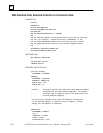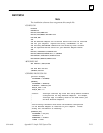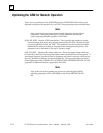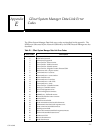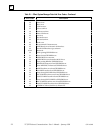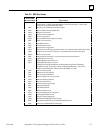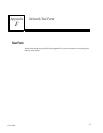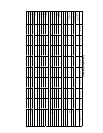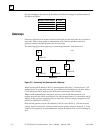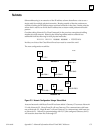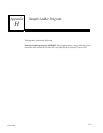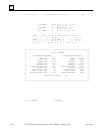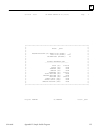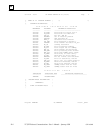
G
section level 1
figure_ap level 1
table_ap level 1
G-1
GFK-1004B
Appendix G Advanced Information About IP and MAC
Addresses
This appendix gives an overview of IP addresses, gateways, subnet masks and MAC
addresses.
IP Addresses
Each TCP/IP host on a network must have a unique IP Address. The TCP/IP Ethernet
Interface is such a host, as is a PC running TCP/IP. There may be other hosts on the
network that are not involved with communications to the PLCs, but no matter what
their function, each TCP/IP host must have its own IP Address. It is the IP Address that
identifies the host on the IP network (or system of connected networks).
The IP Address is 32 bits long and has a netid part and a hostid part. Each network is a
Class A, Class B or Class C network. The class of a network determines how an IP address
is formatted:
01
a45404
Class A 0 netid hostid
8162431
01
Class B 1 netid hostid0
8162431
012
Class C 1 netid hostid10
8162431
Figure G-1. IP Address Format for Network Classes A, B, C
Each host on the same physical network must have an IP Address of the same class and
must have the same netid. Each host on the same network must have a different hostid
thus giving it a unique IP Address.
IP addresses are written as four decimal integers separated by periods where each
integer gives the value of one byte of the IP address. For example, the 32-bit IP address
00000011 00010000 00010010 00101111
is written as
3.16.18.47



